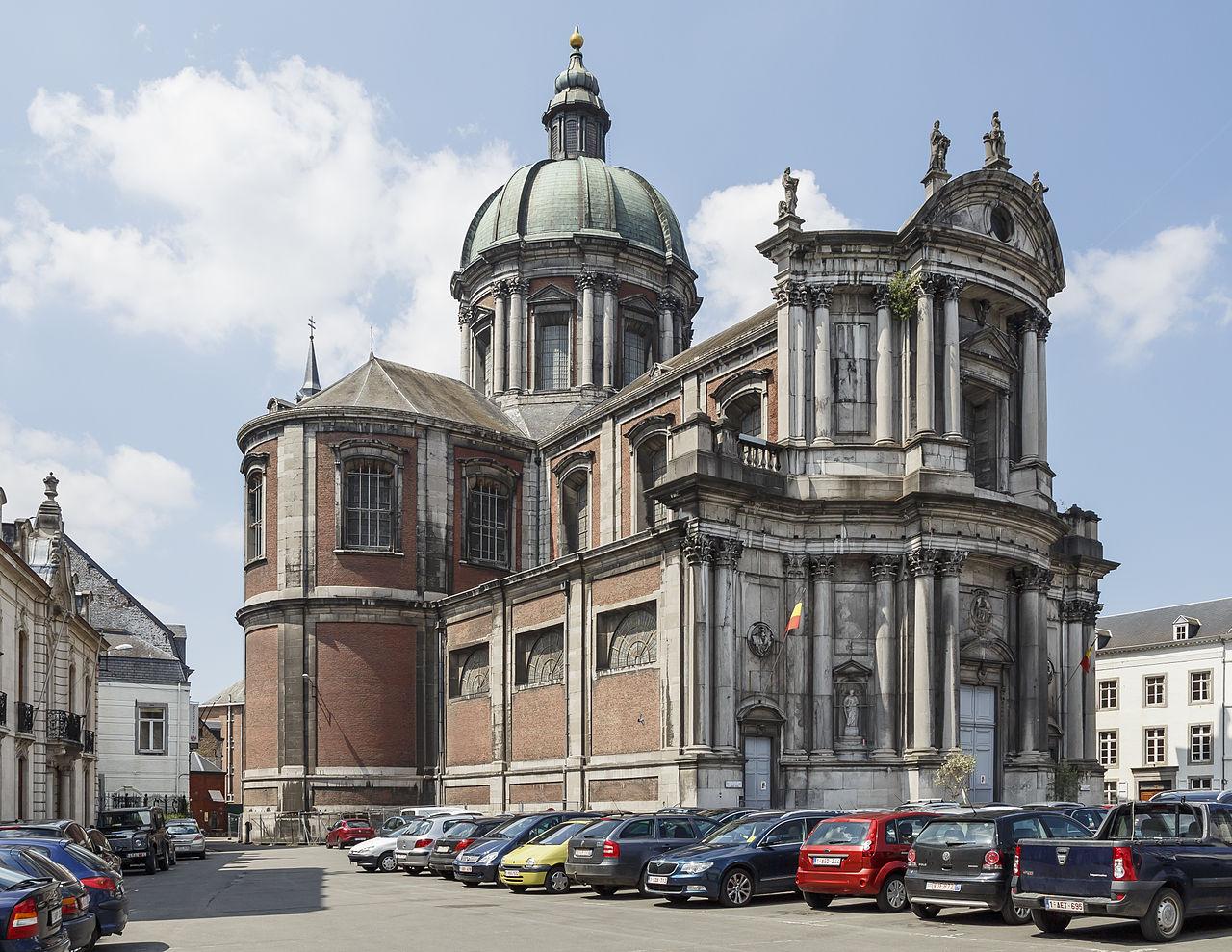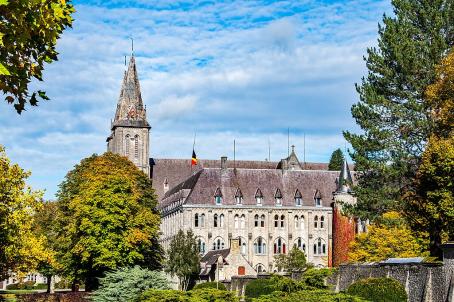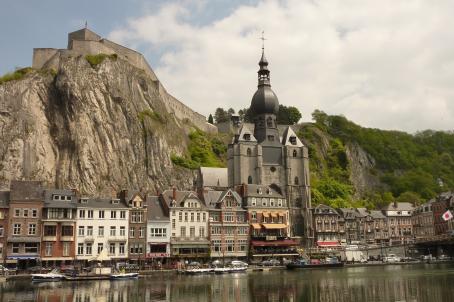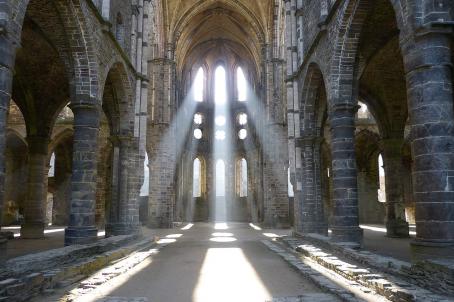Namur Cathedral

Namur Cathedral was built between 1751 and 1767 and is named after Alban of Mainz. The construction of the cathedral therefore began 2 centuries after the creation of the diocese of Namur by Pope Paul IV in 1559. The cathedral is a combination of Baroque, Rococo and classical architecture, as are many buildings from the mid-18th century. The Italian-Swiss architect Pisoni built another cathedral in the same style in Solothurn in 1763.





